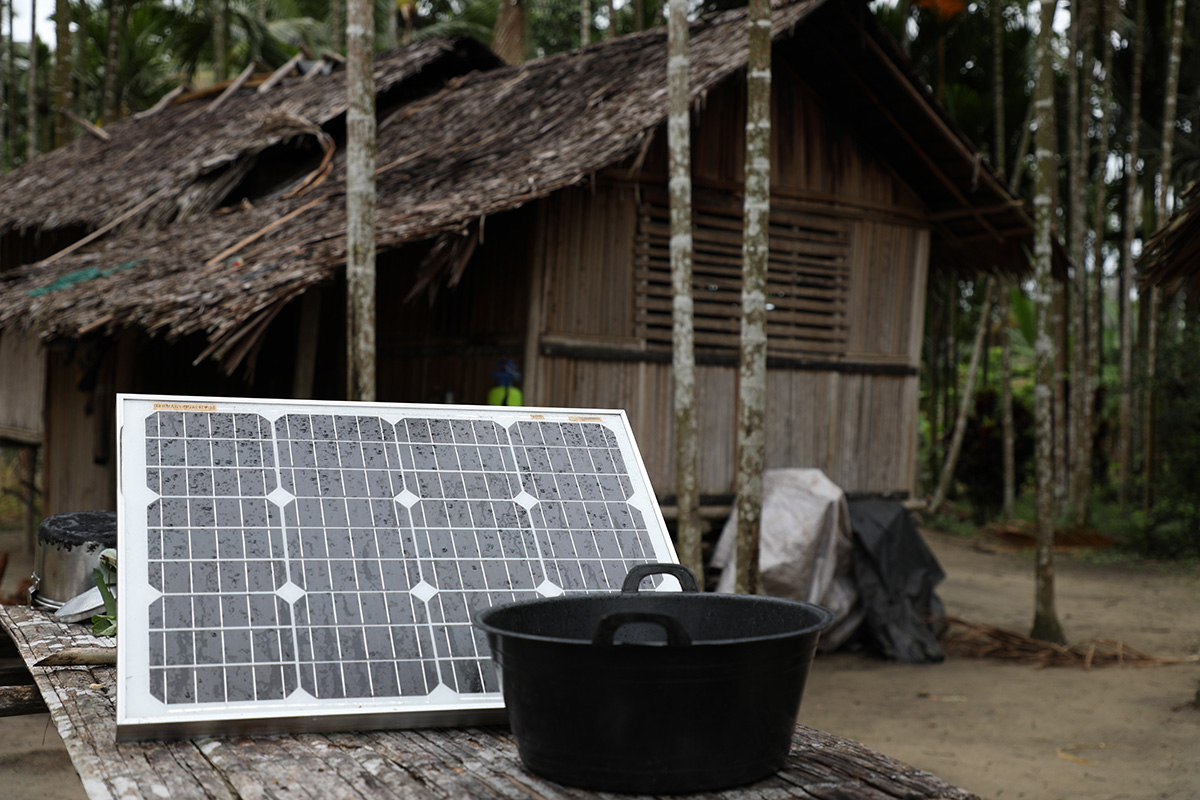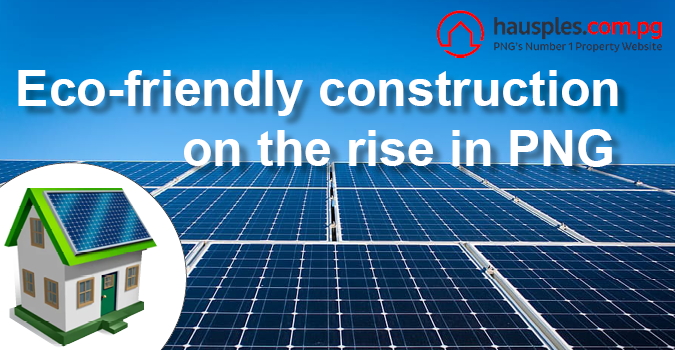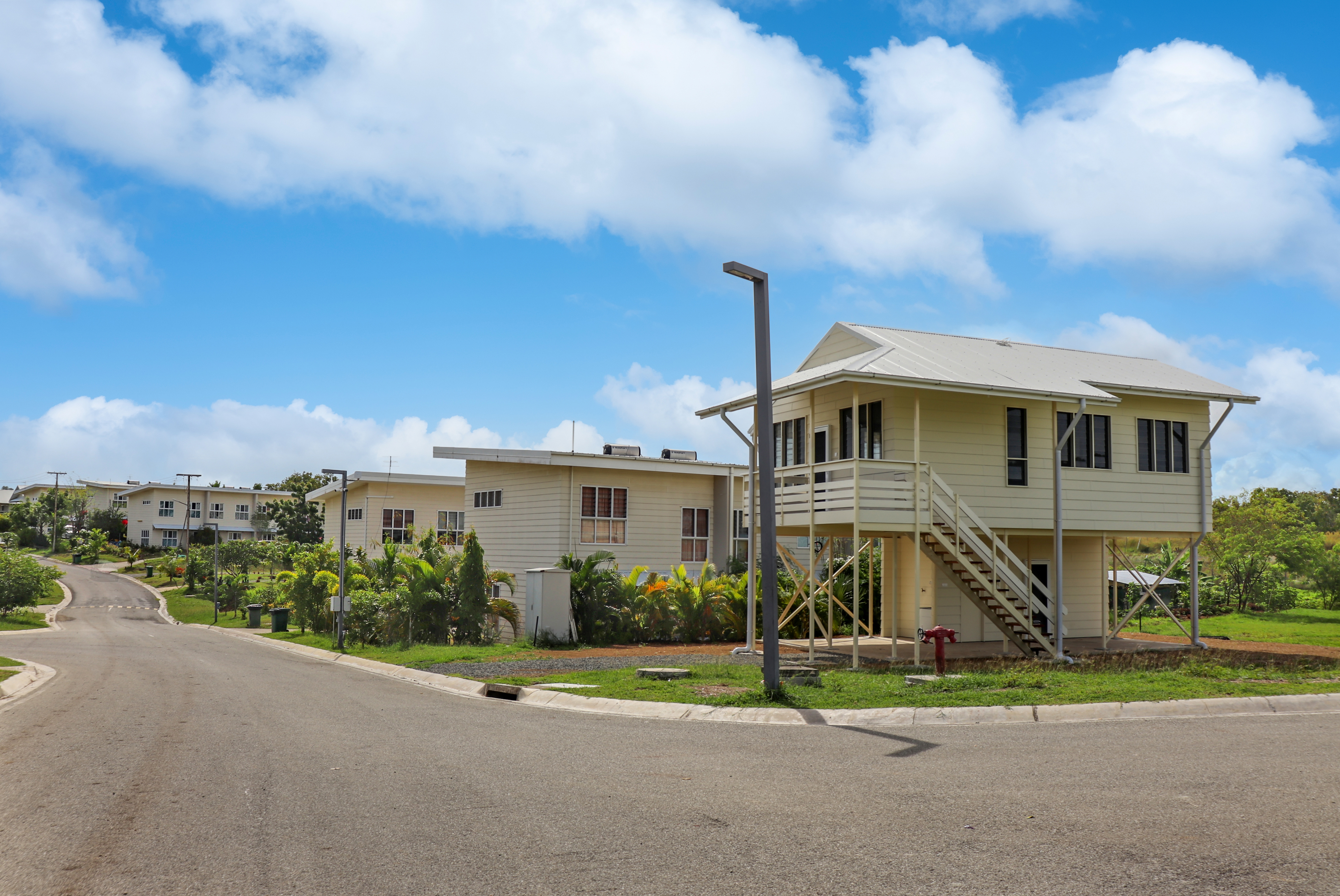Papua New Guinea is witnessing a growing interest in eco-friendly building practices, driven by the need for sustainable development and environmental conservation. This trend encompasses the construction of green homes, the adoption of solar energy, and the use of sustainable materials.
Green Homes
Green homes are designed to minimize environmental impact through energy efficiency, sustainable materials, and reduced waste. The concept of eco-houses focuses on:
Thermal Insulation: Enhancing insulation to reduce energy consumption for heating and cooling.
Passive Solar Design: Passive design uses the local climate to keep a home at a comfortable temperature without relying on extra heating or cooling. It helps lower energy bills and reduces greenhouse gas emissions.
Natural Materials: Utilizing locally sourced, renewable materials to lessen the carbon footprint.
These practices align with global standards for sustainable living and are increasingly being incorporated into residential projects across the country.

Solar panel used in Osima Village, West Sepik Province, to charge mobile phones and lighting. -PIC: UNDP Papua New Guinea
Solar Energy Adoption
With abundant sunlight, PNG is well-positioned to harness solar energy. The government has set ambitious targets to increase electricity access through renewable sources, aiming for 70% connectivity by 2030 and universal access by 2050.
The initiatives include:
- Solar Home Systems: Providing off-grid solar solutions for rural areas.
- Commercial Installations: Equipping businesses with solar power to reduce reliance on fossil fuels.
These efforts contribute significantly to sustainable energy adoption in PNG.
Sustainable Building Materials
In PNG, the construction industry is increasingly embracing sustainable materials to minimize environmental impact and promote local economies. Key practices include the use of locally sourced timber and recycled materials.
Timber
Locally sourced timber is a renewable resource widely used in PNG's construction projects. Sustainable forestry practices ensure that timber harvesting aligns with environmental conservation efforts. For instance, the Improved Traditional Housing Systems initiative constructs homes using timber from sustainable forests, sometimes processed through village-level sawmills. This approach preserves and adapts traditional building cultures while supporting local industries.
Recycled Materials
Incorporating recycled components into construction helps minimize waste and environmental impact. Research in PNG has explored stabilizing lateritic soils with rice husk ash (RHA), a byproduct of rice processing. This method enhances the properties of local soils for construction applications, offering a sustainable alternative to conventional materials.
These practices not only support environmental sustainability but also promote local industries and traditional building techniques, contributing to a more sustainable construction sector in PNG.
While progress is evident, challenges such as limited infrastructure and the need for increased awareness persist. However, initiatives by organizations like the University of Technology’s Sustainable Energy Research Institute (SERI) are making a difference. SERI conducts training programs to equip individuals with skills in installing renewable energy systems, particularly solar, thereby fostering community-led sustainable development.
The movement towards eco-friendly buildings in PNG reflects a commitment to sustainable development. Through the construction of green homes, the adoption of solar energy, and the use of sustainable materials, PNG is paving the way for a greener future.




Comments